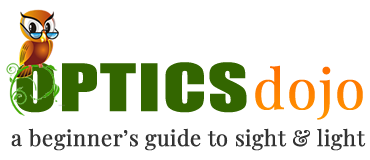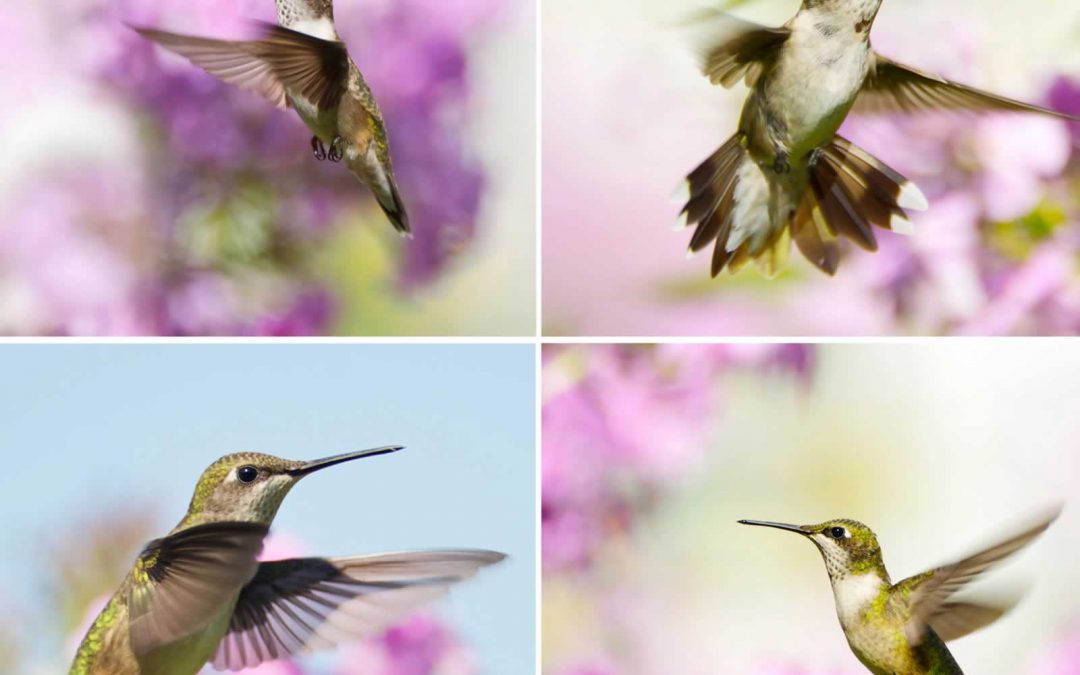As mentioned before in this article about birdwatching, you don’t need any special gear to enjoy this activity. Your eyes and a reliable field guide would do just fine. You may also install an app to help you identify the birds you come across.
If you are like most people, though, you’ll want to take your hobby to the next level and start seeking for binoculars, tripods, power zoom cameras and various other gadgets and gear. Let’s take a closer look at the best bird watching gear and gadgets to provide you with inspiration for your next shopping sprees.
The best thing to do as a bird watching beginner is to try to find out what birds live in your area and where you can find them. If you live in a big city, in a temperate climate, chances are you’ll find pigeons, sparrows and maybe crows and blackbirds in any of the parks in your neighborhood. If you’re lucky to live where hummingbirds are, you’ll be able to attract them to your garden by using feeders.
If after watching birds with your naked eyes for a while, you decide you find this activity pleasurable, you can start thinking to buy some gear to make it even better. I’ll list below the main categories of gadgets and equipment you may want to try, together with my favorite brands and models. Use this birding gear list to create your own. When in doubt, seek to rent some gear for a day or two to see whether you like it or not.
Binoculars
The best binoculars for birdwatching are compact and fast to focus. They have a magnification of either 10x or 8x, and they weigh as little as possible.
If you can afford waterproof and fog proof binoculars, get them. If not, get whatever model within your budget range, provided that it is compact and lightweight. There’s no watching birds in rainy or foggy weather, as you won’t be able to see the tip of your fingers, let alone birds in the wild.
Night Vision
If you love owls, chances are you’re going to want to watch them in their natural habitat. As they are night birds, you’ll need a night vision device to see anything in the dark.
There are several types of night vision goggles. For now, click here to see a selection of night vision devices with details on features and prices.
Trail Camera
A trail camera is a device that allows you to record motion and take still images of birds and other moving targets in their range. Many people use trail cameras for home security and for watching birds in their garden.
If you install a trail camera by your birdbath, it will start recording the very first moment a bird visits it. These cameras are all motion-activated. Some of them feature night vision.
Click here to see a few trail camera models you might like.
Mirrorless (or DSLR) Camera with Powerful Zoom Lens
Birdwatching is best when you can share it with your friends. While not many of them may be available or willing to join you in your bird watching trips, they are all going to enjoy your photos.
I’m a big fan of mirrorless cameras. They are lightweight and compact, so they are easy to carry around even for several hours in a row. However, bird watching calls for powerful zoom, and this adds to the weight of the camera. These lenses are not only heavy but also expensive. If you want to be able to capture great shots of birds, though, you’ll have to buy (or rent) one.
My favorite mirrorless camera for bird watching is Sony Alpha 5000. I’ll soon upgrade my photo gear and get the Sony Alpha 6400, as it features an improved focus ability, a better sensor and some advanced functions. I’ll get it with the Sony 18-135 lens. It should do for watching birds in the backyard or in smaller parks.
For the great outdoors, though, I’d choose the Sony 70 – 350 lens.
Tripod or Monopod
Powerful binoculars are difficult to hold steady. This is one of the reasons why bird watching fans prefer a maximum 8x or 10x magnification. Anything above the 10x threshold is impossible to use without a tripod or a monopod. If your hands are rather shaky, you may not be able to use any optical device with a magnification higher than 8x.
A lightweight tripod or a monopod can help you enjoy a steady and clear image, thus enhancing your birdwatching experience. A monopod that doubles as a hiking pole is the best choice for hiking trips. Carbon fiber is the material of choice, as it is extremely durable and lightweight.
Bird Identification Apps
There are iOS and Android apps that help you identify birds by their song. Some of them have a free version, so you don’t need to spend money if you don’t want to.
I’ve tried BirdNET so far, but I’ve got also others on my list to try during my next birdwatching trip.
Vest with Many Pockets
Pockets are an absolute must for all those who need to have their stuff handy at any given time. When it comes to watching birds, you can’t afford to search for stuff in your backpack all the time, as the noise might scary those birds and make them fly away. Keeping silent means that you need to know where your things are, so that you can reach for them without having to dig deep inside your bag.
This is an example of vest I’d use for birdwatching trips:
Cargo Pants with Deep Pockets
It comes without saying that your attire needs to be as comfortable as possible. You’re going to spend many hours waiting for birds to show up, so you’ll want to wear clothes that don’t restrict your movements. I’m a big fan of cargo pants. I always seek for models with deep pockets, so that I can fit inside them some of the items I need (and may be some sandwiches, as well).
Notepad
I use the Notepad app of my smartphone, so I don’t really need a paper notepad. However, I’ve met some serious birders who swear by their paper notepads.




